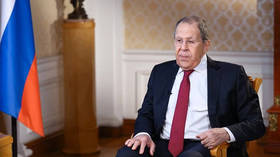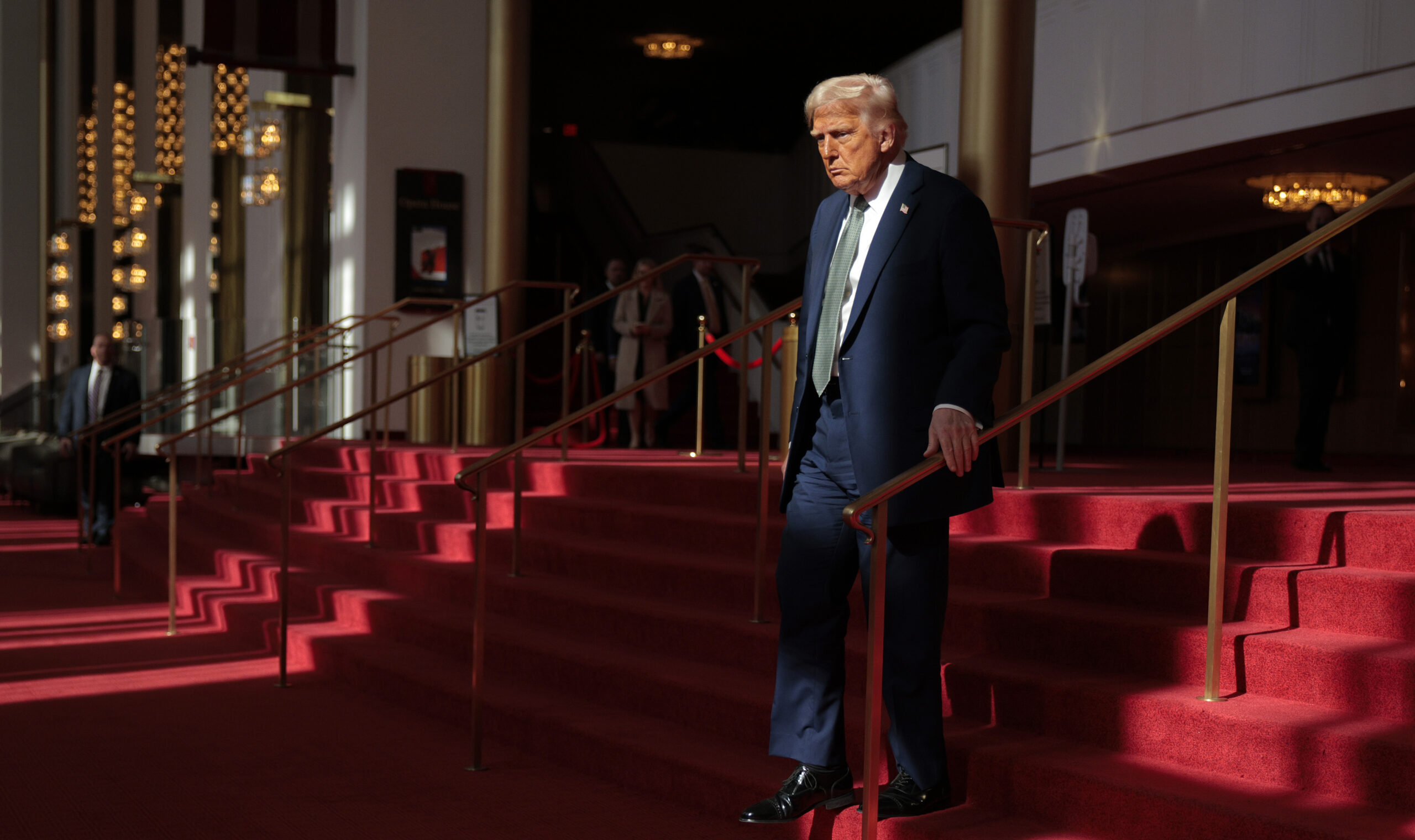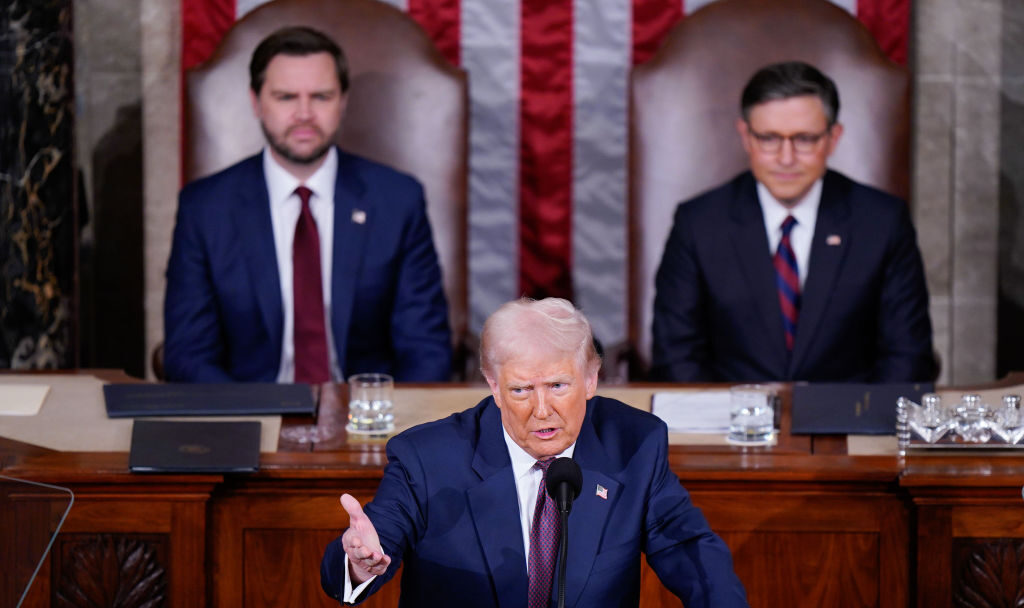While still hypothetical, a Moscow-Washington deal to restore the gas pipeline would reshape energy diplomacy and bring new challenges
By Igbal Guliyev, deputy director of the International Institute of Energy Policy and Diplomacy at MGIMO University
With Donald Trump’s return to the White House, the world is bracing for yet another shift in global energy politics. For years, the United States has fought fiercely against Russian gas dominance in Europe, imposing sanctions, lobbying against Nord Stream 2, and promoting its own liquefied natural gas (LNG) exports. Yet, behind the scenes, something unexpected seems to be unfolding.
Recent reports suggest that American investors are quietly exploring opportunities in Russian pipeline projects, raising questions about a potential recalibration of Washington’s energy policy. Could the US actually seek a deal with Russia over Nord Stream? And if so, what would that mean for Europe, global energy markets, and the fragile geopolitical balance?
At first glance, the idea of a US-Russia energy rapprochement seems almost unthinkable. But dig deeper and you’ll find that in the world of energy diplomacy, pragmatism often trumps ideology. This article breaks down the key forces at play, exploring why Washington might be reconsidering its stance, how Europe is reacting, and what this could mean for the future of global energy.
Washington’s strategic shift: Economics over politics?
For years, US policy toward Nord Stream had been clear: block it at all costs. The rationale was simple – curbing Russian influence in Europe while securing lucrative LNG export markets for American producers. Yet, despite Washington’s efforts, European gas dependency on Russia never truly disappeared. And now, with shifting global energy trends, economic realities are forcing a rethink.
Why would the US even consider a deal?
- Infrastructure challenges – the EU’s LNG infrastructure is still far from sufficient to replace pipeline gas entirely. Many countries lack regasification terminals, making a full transition unrealistic in the near term.
- Price pressures – US LNG remains significantly more expensive than Russian pipeline gas. With Europe’s industries already struggling under high energy costs, a pragmatic solution is becoming more attractive.
- Global competition for LNG – as Asia (particularly China and India) increases its LNG demand, the US may be rethinking its prioritization of Europe as its primary LNG market.
If Washington does indeed engage in Nord Stream diplomacy, it won’t be out of goodwill toward Moscow – it would be a cold, calculated move designed to balance its own economic and geopolitical interests.
The EU’s stance on Russian gas has been anything but unified. While the bloc officially aims to cut Russian energy dependence, internal fractures are evident.
- Germany’s economic reality – as Europe’s largest economy, Germany is struggling with the long-term consequences of soaring energy prices. Berlin faces mounting pressure from its industrial base, which requires stable and affordable energy supplies. A behind-the-scenes reopening of Nord Stream – whether officially acknowledged or not – could be a lifeline.
- France’s balancing act – while supporting Europe’s energy diversification, France remains pragmatic. It has invested heavily in nuclear energy but still seeks policies that ensure economic stability.
- Eastern Europe’s opposition – Poland, the Baltic states, and others continue to oppose any Russian energy reintegration, fearing Moscow’s leverage over the region.
A potential Nord Stream deal would undoubtedly trigger a political storm within the EU, deepening the divide between economic pragmatists and staunch geopolitical hawks.
Russia’s strategic calculations: Risks and rewards
For Moscow, any US participation in Nord Stream would present both a golden opportunity and a strategic gamble. What does Russia stand to gain?
- Reclaiming a key export market – despite the pivot to Asia, Europe remains an essential revenue stream for Gazprom.
- Balancing its reliance on China – as Russia redirects more energy exports eastward, it risks becoming too dependent on Beijing’s bargaining power. Reviving Nord Stream could provide leverage.
- Boosting state revenues – with ongoing Western sanctions and war-related costs, any increase in energy revenues would be a financial win for Russia.
At the same time, a potential Nord Stream deal with the US carries significant risks:
- Potential US control over gas flows – if American investors are involved, will Russia retain full sovereignty over the pipeline’s operations?
- Political conditions from Washington – any deal would likely come with strings attached, potentially limiting Russia’s strategic flexibility.
- Uncertainty of US policy – if Trump (or any US administration) reverses course in the future, Moscow could find itself in another energy standoff.
Put simply, Russia will approach any Nord Stream revival with extreme caution, ensuring that it retains maximum leverage while minimizing external interference. The fate of Nord Stream is not just a US-Russia-Europe affair. It’s part of a much larger energy shift that involves key global players.
China, for instance, is carefully monitoring how Russia navigates its energy relationships with the West. If Europe shows any sign of reopening its doors to Russian gas, Beijing may seize the opportunity to renegotiate its own energy contracts with Moscow, pushing for more favorable terms. After all, China has become one of Russia’s largest energy customers, and any softening of Moscow’s dependency on Asia would prompt strategic recalculations.
Meanwhile, the Middle East’s energy heavyweights – countries like Qatar and Saudi Arabia – have been working aggressively to expand their foothold in Europe’s LNG market. The potential return of Nord Stream threatens to disrupt their carefully laid plans, undermining their long-term strategies to become indispensable players in the European energy landscape.
At the same time, while European policymakers continue to champion the green transition, the path toward a renewable future remains slow and uneven. Despite bold commitments to wind, solar, and hydrogen, the reality is that natural gas will remain a critical component of the continent’s energy mix for decades to come. As such, pipeline diplomacy is not going away – it’s simply evolving.
The Nord Stream saga is about more than just gas – it’s about who controls the flow of energy in a rapidly evolving world.
What lies ahead?
For now, a US-Russia deal on Nord Stream remains hypothetical. But the fact that such a scenario is even being discussed suggests a deeper, potentially tectonic shift in global energy politics. Several key dynamics are worth watching in the years to come.
In the US, political volatility could prove a major wild card. With the 2026 midterms and the 2028 presidential race looming, any energy deal forged under one administration could be swiftly dismantled by the next. This unpredictability casts a long shadow over long-term agreements.
The EU, too, faces internal pressures. If energy prices remain high and economic pain deepens, political resistance to Russian gas could give way to a more pragmatic approach. Under enough strain, even long-held moral and geopolitical stances can bend in favor of economic relief.
Globally, shifting patterns in energy demand – particularly in Asia – could reshape Europe’s energy priorities. As more LNG flows eastward to meet Asia’s growing appetite, Europe may find itself recalibrating its energy security strategies, with an eye once again on stable, long-term pipeline supplies.
One thing is clear: the Nord Stream story is far from over. Whether as a strategic asset, a geopolitical bargaining chip, or a symbol of shifting alliances, this pipeline remains at the heart of 21st-century energy diplomacy.

 By Russia Today | Created at 2025-03-31 15:20:19 | Updated at 2025-04-02 04:39:24
1 day ago
By Russia Today | Created at 2025-03-31 15:20:19 | Updated at 2025-04-02 04:39:24
1 day ago











